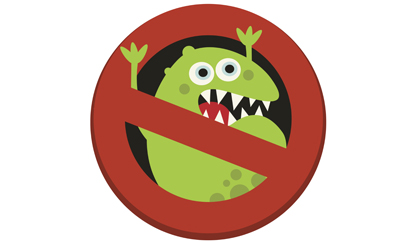Hospital infections are down but mental healthcare has deteriorated, a recently released report states.
The Australasian Clinical Indicator Report 2008–2013, published by the Australian Council on Healthcare Standards (ACHS), presents an overview of the changes in levels of performance in 2013 for the 415 public and 316 private HCOs. It also aims to provide additional commentary from the collaborating medical colleges, specialist societies and other clinical organisations, to give context for any trends or variations observed in the data.
The report concluded that attempts to reduce infections are working, as there has been significant decline in infection rates over the last eight years.
There has also been an increase in the proportion of pregnant women receiving an appropriate prophylactic antibiotic when delivering, reaching a high of more than 92 per cent in 2013, up from 64 per cent in 2008 when data collection began. ACHS president adjunct associate professor Karen Linegar put this down to better recognition of the benefits of this technique over time.
Also noted as an improving trend was the proportion of patients seen within the recommended time in all triage categories. This has improved over the last eight years. Categories 2–5 reached their highest level in 2013.
Radiation oncology waiting times that exceed two weeks have decreased from 36 per cent to 28 per cent. Linegar said this was most likely due to more cancer centres, higher standards of equipment and better levels of technology at cancer centres in remote, rural and metropolitan areas.
On the downside, however, there was a notable rise in the rate of mental health admitted patients whose total ED time exceeded four hours – from 44 per cent to 55 per cent.
On top of this, seclusion of mental health patients has worsened. Inpatients experiencing seclusion for more than four hours is now at 50 per cent, an increase from 40 per cent in 2006.
There was also a deterioration in the rate of inpatients admitted with pressure injuries. “We have an ageing population and as there are more elderly or aged people with co-morbidities entering the health system, it stands to reason that there is going to be an increase in those with pressure injuries,” Linegar said.
She said healthcare organisations could use the information to look at their own performance and compare their results against others’.
Do you have an idea for a story?Email [email protected]
 Aged Care Insite Australia's number one aged care news source
Aged Care Insite Australia's number one aged care news source

